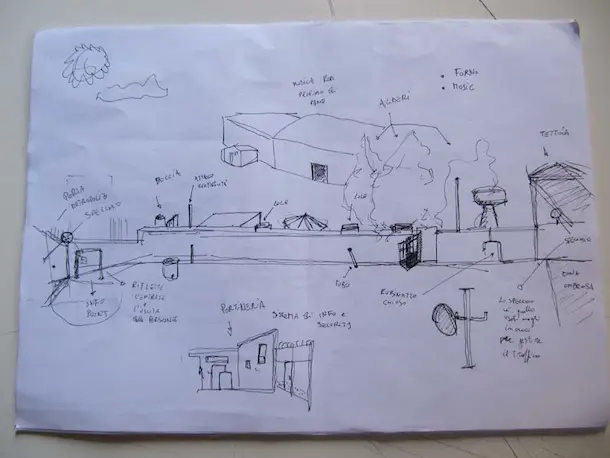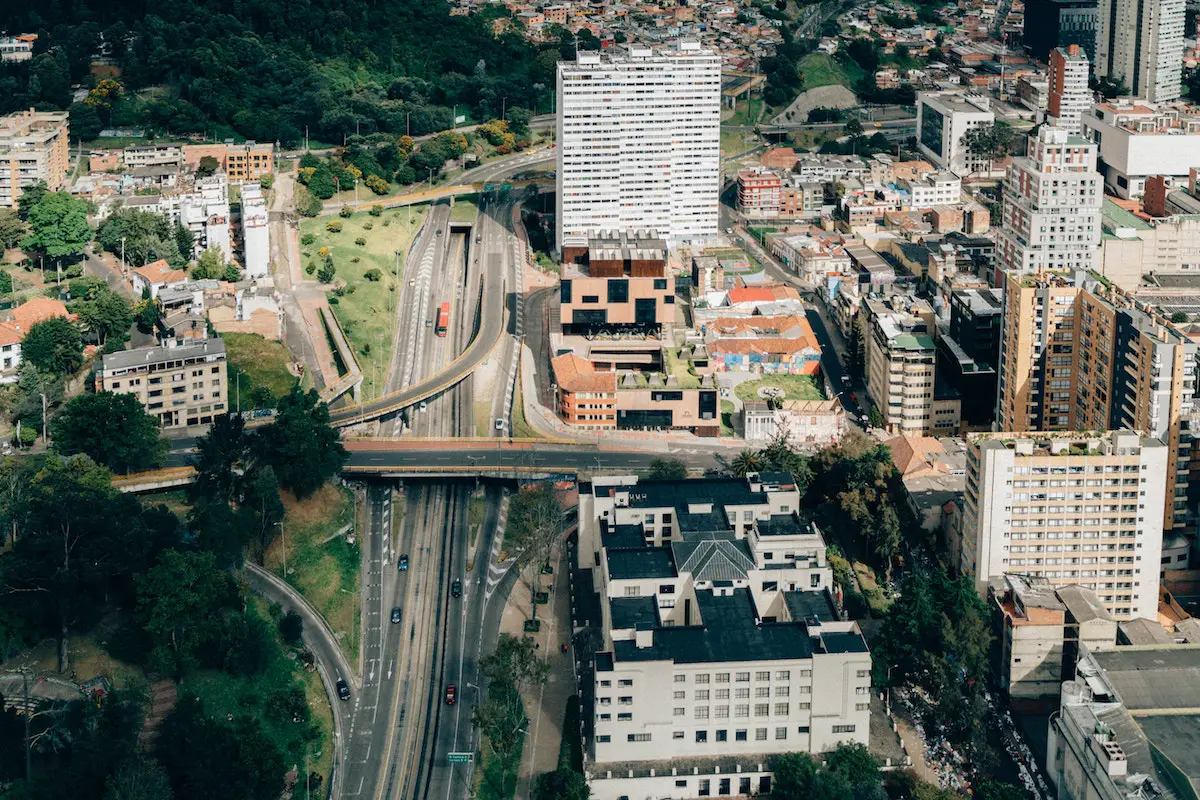Things were very different back in early 2010. Transport for London (TfL) – the government body responsible for most of the British capital’s transport system – were a little unsure how to deal with the vast amount of data being generated by their transport network. Data was easily accessed, but terms of use clearly stated it was for personal, not commercial use. Despite this, some app developers were freely breaking the rules, utilising this information to create mobile applications. Though this was technically a violation of the terms of use, TfL opted to do nothing about it. Speculation that this lack of action was an endorsement from TfL turned to fact on June 15th 2010, when London’s transport body lifted all restrictions on the commercial use of data. In the almost-two years since, a whole fleet of applications have been released, making getting around London easier, whatever form of transport you rely on. Here’s four apps that have changed the way I get around London:
London has over 19,000 bus stops, yet only 2,000 of them are equipped with digital display screens that let you know how long it will be until the next buses arrive (something I consider to be totally unjustifiable, but hey). Luckily, those of us with an iPhone can get by thanks to the Next Bus London app. Using data released by TfL on the status of bus routes, Next Bus London lets you know how long you have to wait until your bus arrives, with information available for every bus stop in London. My personal favourite review for this on the App store simply reads: ‘this app will save you your job!’
If you’re more inclined to use London’s popular cycle hire scheme, there’s also an app for that. Along with information on the location of each cycle hire docking station, this app uses real-time data from TfL to let you know how many bicycles are available, and how many empty docking points there are at each station. No more turning up at a cycle hire station to find either no bikes available for you to rent, or no space for you to dock your bicycle.
The Tube
Unlike some younger underground train networks which seem to sit just below the surface of the city (I’m looking at you, New York) London’s aged system, or ‘the Tube’, as the locals call it, is a few metres deeper underground. In fact, London’s deepest underground station is a whopping 68.8 metres (226 feet) below ground level. This means that 3G reception is non-existent on much of the underground network, and app developers have had to get imaginative. So whilst there are countless apps that utilise TfLs data on network availability (Try London Tube or Tube Status), some of the better
ones aim to make the journey a bit more efficient for users.
London’s iconic underground map has been praised for making a complex transport network understandable – praise it deserves. But the price of this representation is geographical accuracy. Take Bethnal Green, my local train station, as an example. Shown on the official map as being north of my nearest underground stop, it is, in fact, south-west of there. Distance between stations is also not represented, meaning some users change lines to get to their destination, when it would be quicker to get out and walk the few extra metres. The Real London Tube app aims to address this problem, showing the entire underground network with geographical accuracy.
If your journey involves changing lines, Tube Exits can save you precious minutes on your commute. Enter your route in this app, and it tells you which carriage to board to arrive next to the platform exit you require, also letting you know which side of the carriage the doors will open at your station. Useful information if you’re travelling during London’s hectic rush hour!
Whether utilising official data from TfL or offering new sources of information for transport users, these apps all demonstrate how data and mobile technologies can make travelling around cities easier. And this innovation is not limited to London – cities all over the world are using smartphone applications with a view to making their public transport networks more efficient.
Photo: n_willsey


